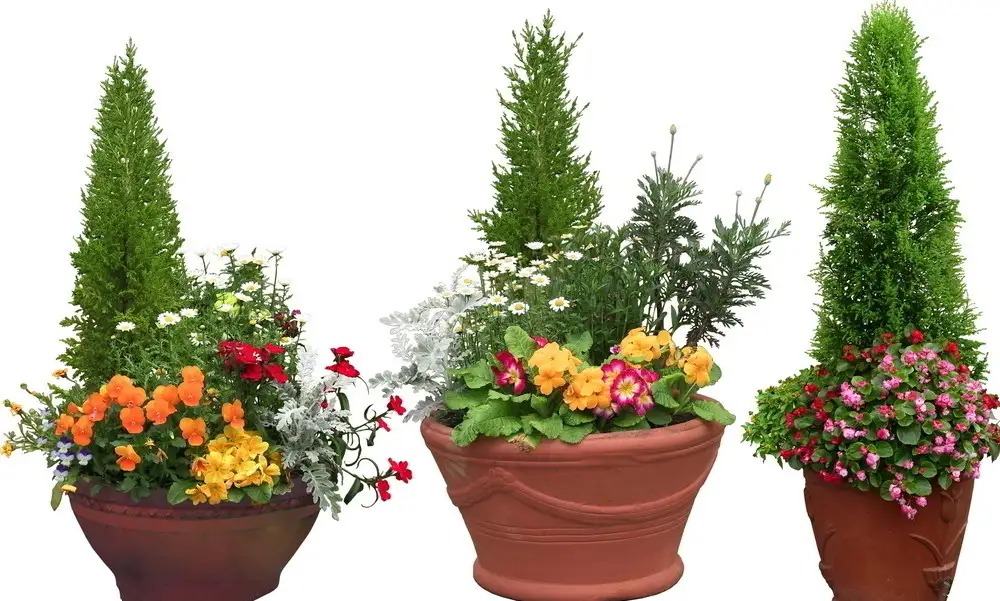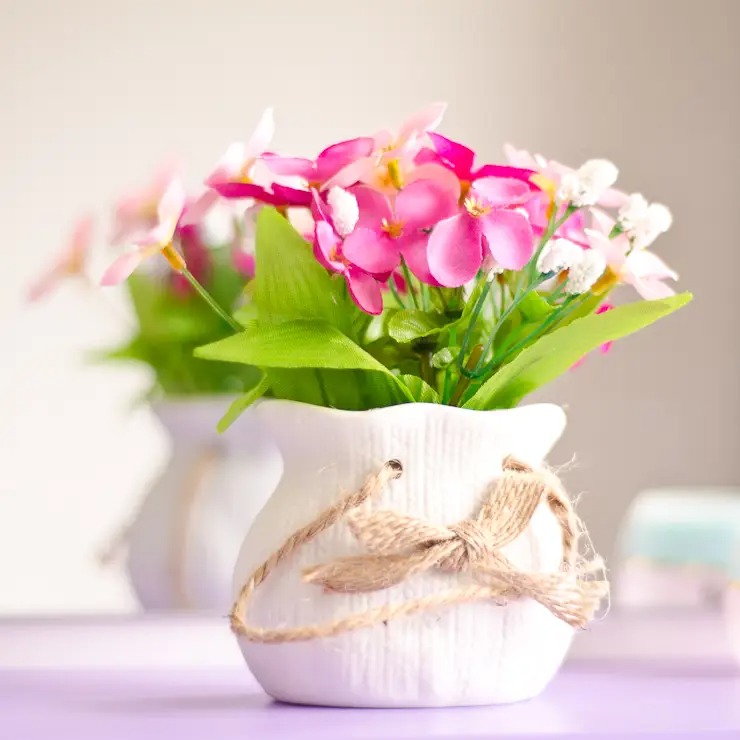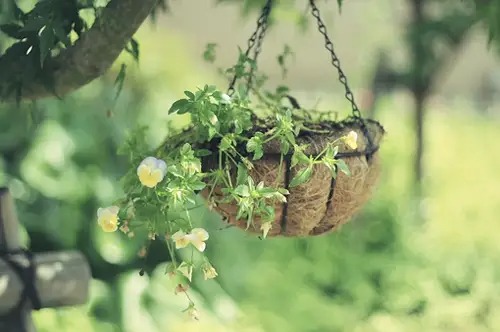Six cultivation techniques for dwarfing flowers
With the development of the flower industry, miniaturized and compact potted flowers and bonsai are becoming more and more popular among people. Therefore, the dwarfing technology of flowers is showing more and more vitality. The main dwarfing cultivation techniques are the following six items.

1. Asexual reproduction
Asexual propagation methods such as grafting, cuttings, and layering can achieve dwarfing effects, shorten the flowering stage, reduce plant height, and make the plant compact. Grafting can achieve dwarfing by selecting dwarfing varieties. Cuttings can determine the plant height by considering the cutting time. For example, chrysanthemums can be dwarfed and lodging can be controlled by cuttings in late July . In addition, the bud cutting method can make tall dahlias planted in pots with a diameter of more than ten centimeters, with a plant height of only a foot and large and colorful flowers. Chrysanthemums are dwarfed by horn buds.
2. Plastic Sculpting
Through shaping, the main branches are removed when the plants are young to promote the sprouting of side branches, and then the excessive side branches that do not grow well are cut off to achieve a full plant shape, a short plant, and improve the ornamental value. This method is often used to dwarf roses, sage, azaleas, and foliage flowers. Narcissus is dwarfed by destroying the growth point through acupuncture and carving.

3. Control fertilization
Apply phosphorus and potassium fertilizers to potted flowers in a timely manner, apply less nitrogen fertilizer, control the nutritional growth of the plants, and achieve dwarfing.
4. Artificial Qu Gan
Artificially twisting branches blocks the nutrient transport channel of the plant, slows down the growth of the plant, and makes the flower plant short. It is generally used in the production of small bonsai.

5. Use plant growth regulators
1. Spraying sage plants with paclobutrazol can shorten their internodes, reduce their leaf area, and deepen their leaf color, thus changing the phenomenon of tall and thin stems, sparse flowers and leaves, and severe flower loss, and improving their ornamental value. In addition, it is also often used to dwarf flowers such as snapdragons and chrysanthemums.
2. Treating plants such as Salvia affine with chlorpyrifos can reduce the height of the plants by 26 %, shorten the stem nodes, increase the number of branches, and improve the ornamental value.
3. Treating plants with B9 can inhibit the vegetative growth of morning glory, causing it to dwarf by 61.5-67 % during the vegetative growth period and 40.5% during the flowering period , thereby making the plant short, with compact branches and leaves and concentrated flowering.
4. Using dwarfing agent to inhibit the vegetative growth of petunias and other flowers can dwarf the plant shape and improve its ornamental value.
6. Radiation treatment
Some flowers can also be irradiated to change their growth conditions, thus achieving dwarfing. For example, treating narcissus bulbs with Y rays can control their growth and dwarf them. Treating beauty jasmine with cobalt 60 can reduce the height of canna by 30-50 cm, thus improving its ornamental value.